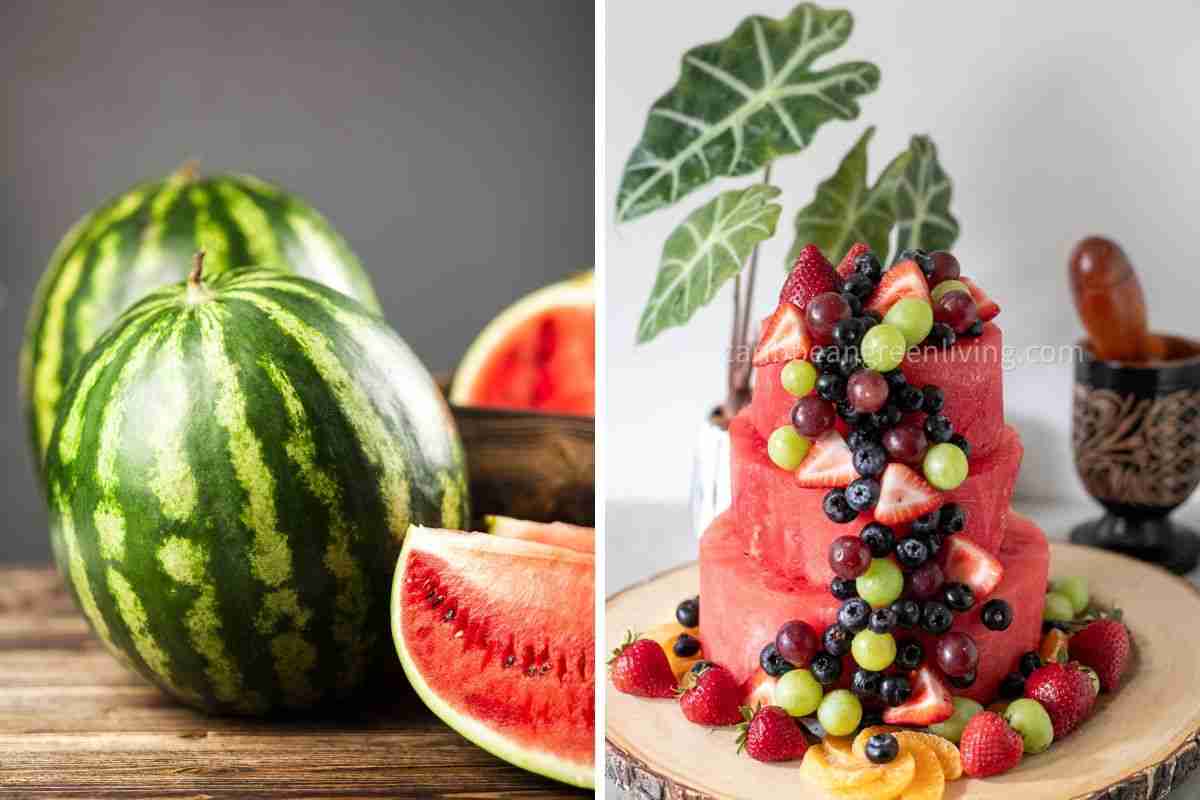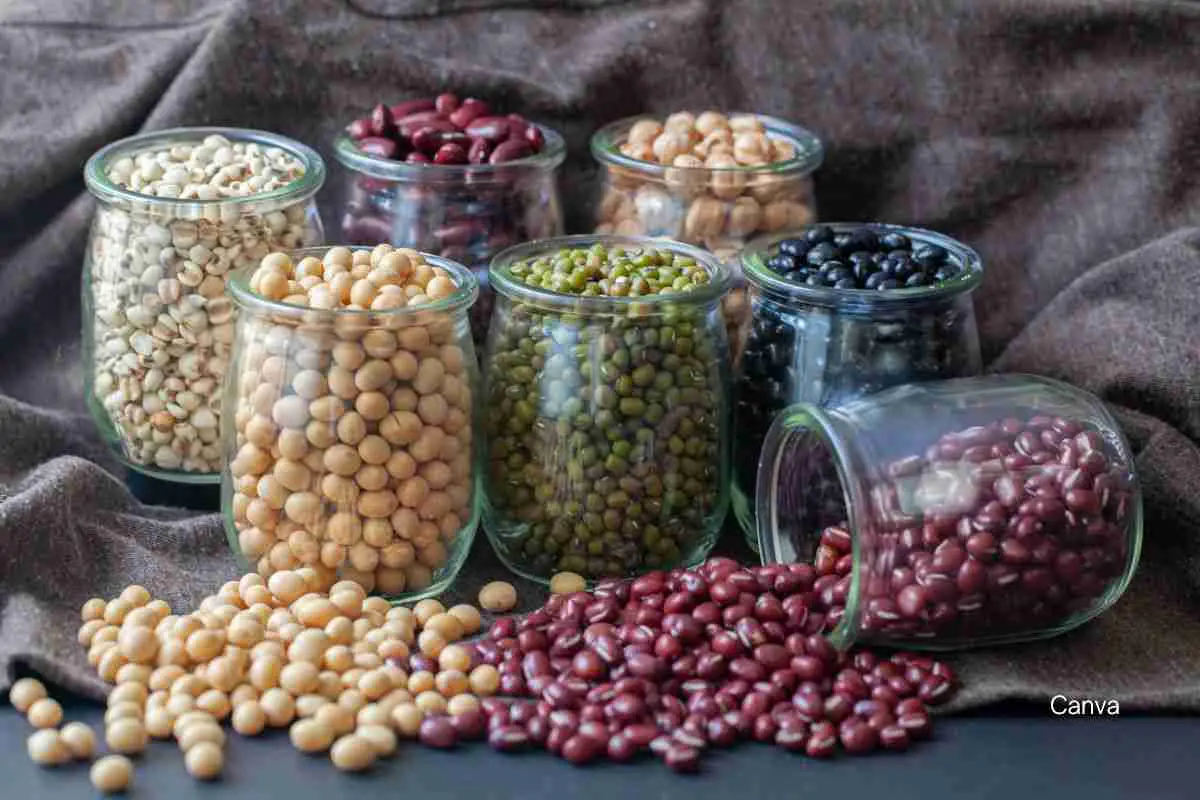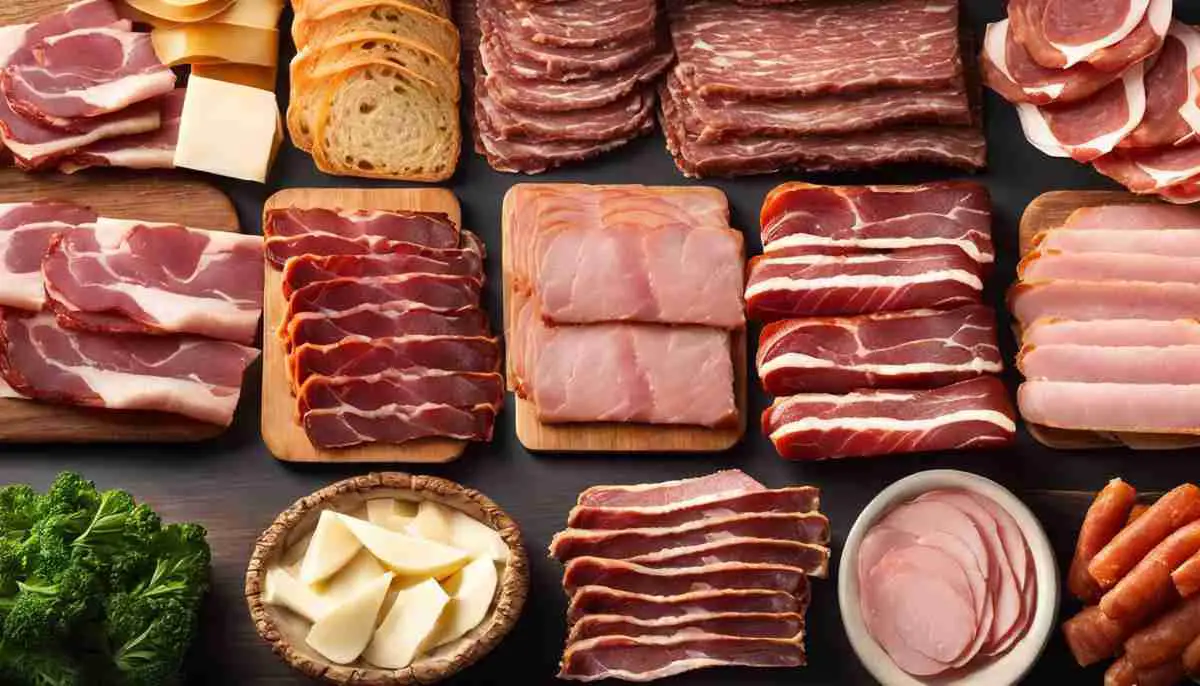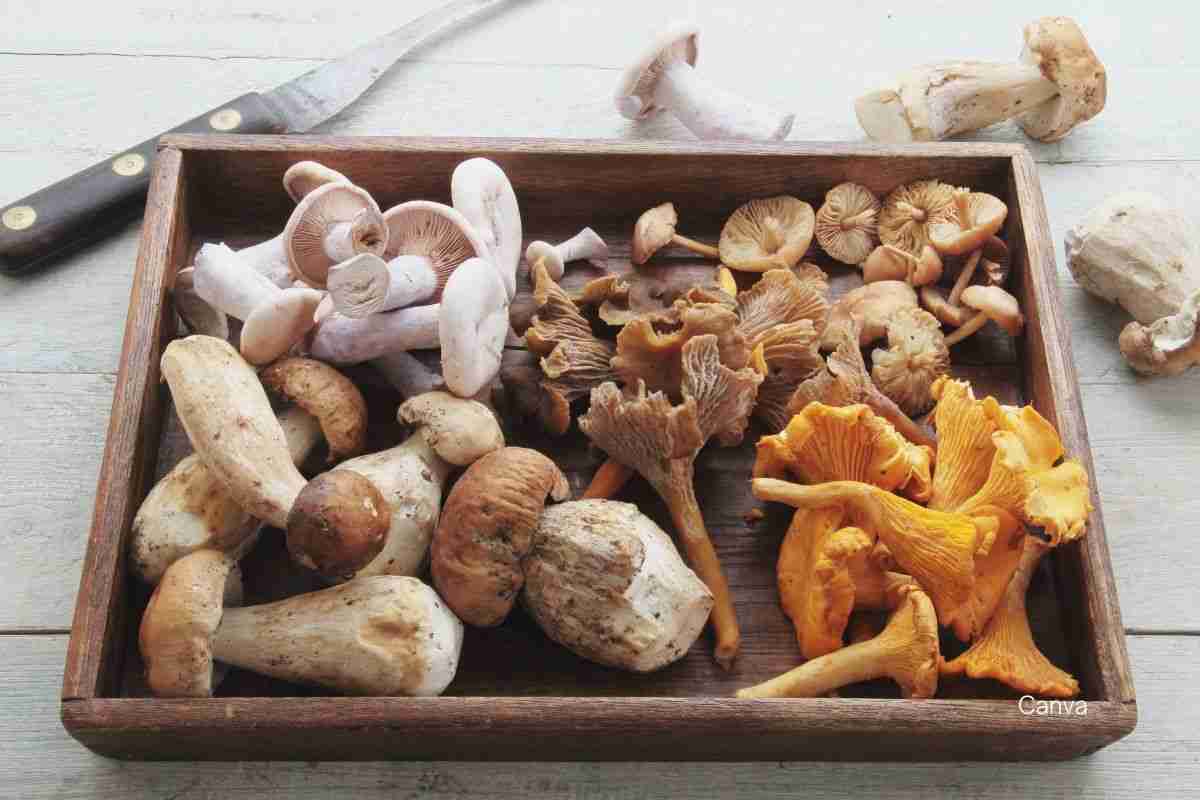How to Make Homemade Powdered Sugar in Minutes (With Just 2 Ingredients)
Are you tired of running out of powdered sugar right in the middle of your baking project? Don’t worry; we’ve got you covered! In this step-by-step guide, we will teach you how to master the art of homemade powdered sugar. With just a few simple ingredients and a blender, you can whip up your powdered sugar whenever you need it.
By making your own powdered sugar, you have control over the quality and can avoid any additives that store-bought options may contain. Plus, it can be a more cost-effective option in the long run. Whether you need a small amount for a sprinkle on top of your favorite dessert or a larger quantity for icing, this guide will show you how to make the perfect consistency every time.
So, put on your apron and get ready to become a powdered sugar pro. Say goodbye to last-minute trips to the store and hello to homemade sweetness at your fingertips. Let’s get started!
Why make your own powdered sugar?
Making your own powdered sugar offers several advantages:
- Control Quality: You can ensure that your powdered sugar is free from additives or preservatives that might affect its taste or texture.
- Save Money: Homemade powdered sugar is generally more cost-effective than store-bought options, especially if you use it frequently.
- Customization: You can experiment with different sweeteners or flavors to tailor the powdered sugar to your specific needs or preferences.
- Freshness: Homemade powdered sugar is always fresh, as you can make it as needed.
- Sustainability: By making your own powdered sugar, you can reduce your reliance on packaged products and contribute to a more sustainable lifestyle.
These reasons make homemade powdered sugar a great option for bakers and anyone who appreciates the satisfaction of creating their own ingredients.

The ingredients needed for homemade powdered sugar
You only need two ingredients to make homemade powdered sugar:
- Granulated sugar: This is the base ingredient that will be ground into a fine powder.
- Cornstarch: This helps prevent clumping and ensures a smooth, silky texture. (that is if you’re not allergic to corn)
The ratio is typically 1 tablespoon of cornstarch per cup of granulated sugar.
Alternatives to Cornstarch in Homemade Powdered Sugar
While cornstarch is the traditional choice for preventing clumping in homemade powdered sugar, there are a few alternatives you can consider:
Natural Options:
- Arrowroot powder: This is a natural starch similar to cornstarch and can be used as a substitute.
- Tapioca flour: Another natural starch that can be used in place of cornstarch.
- Rice flour: While not as effective as starch-based options, rice flour can help reduce clumping to some extent.
Chemical Option:
- Silicon dioxide: This is a food-grade additive that can be used as an anti-caking agent. However, it’s important to note that it’s not considered as natural as the other options.
Note: When using alternatives to cornstarch, it’s a good idea to start with a smaller amount and gradually increase it until you achieve the desired results. The exact ratio may vary depending on the specific alternative you choose.
Remember: While these alternatives can help prevent clumping, they may not provide the same level of smoothness as traditional cornstarch. It’s always best to experiment to find the option that works best for your needs.
Equipment required for making homemade powdered sugar
Here’s the equipment you’ll need to make homemade powdered sugar:
- Blender or food processor: This is the primary tool used to grind the granulated sugar into a fine powder.
- Measuring cups and spoons: To accurately measure the granulated sugar and cornstarch.
- Airtight container: To store the finished powdered sugar and prevent it from clumping.
That’s all you need to get started!
A Step-by-Step Guide to Making Homemade Powdered Sugar
Ingredients:
- Granulated sugar
- Cornstarch/Rice Flour, Arrowroot, or Tapioca Flour (1 tablespoon per cup of sugar)
Equipment:
Instructions:
- Measure ingredients: Measure the desired amount of granulated sugar and add the appropriate amount of cornstarch.
- Combine ingredients: Place the sugar and cornstarch, rice flour, arrowroot, or tapioca flour in your blender or food processor.
- Blend: Pulse the mixture until the sugar is completely pulverized and has a fine, powdery consistency. This may take a few minutes.
- Store: Transfer the powdered sugar to an airtight container and store it in a cool, dry place.
Tips:
- Don’t overblend: Excessive blending can cause the sugar to heat up and potentially melt, resulting in clumps.
- Test for consistency: Run your fingers through a small amount of the powdered sugar. If it feels gritty, keep blending until smooth.
- Use immediately or store properly: For optimal freshness, use the powdered sugar immediately or store it in an airtight container.
By following these simple steps, you can easily make your own homemade powdered sugar that’s perfect for all your baking needs. Enjoy the satisfaction of creating your own ingredients!
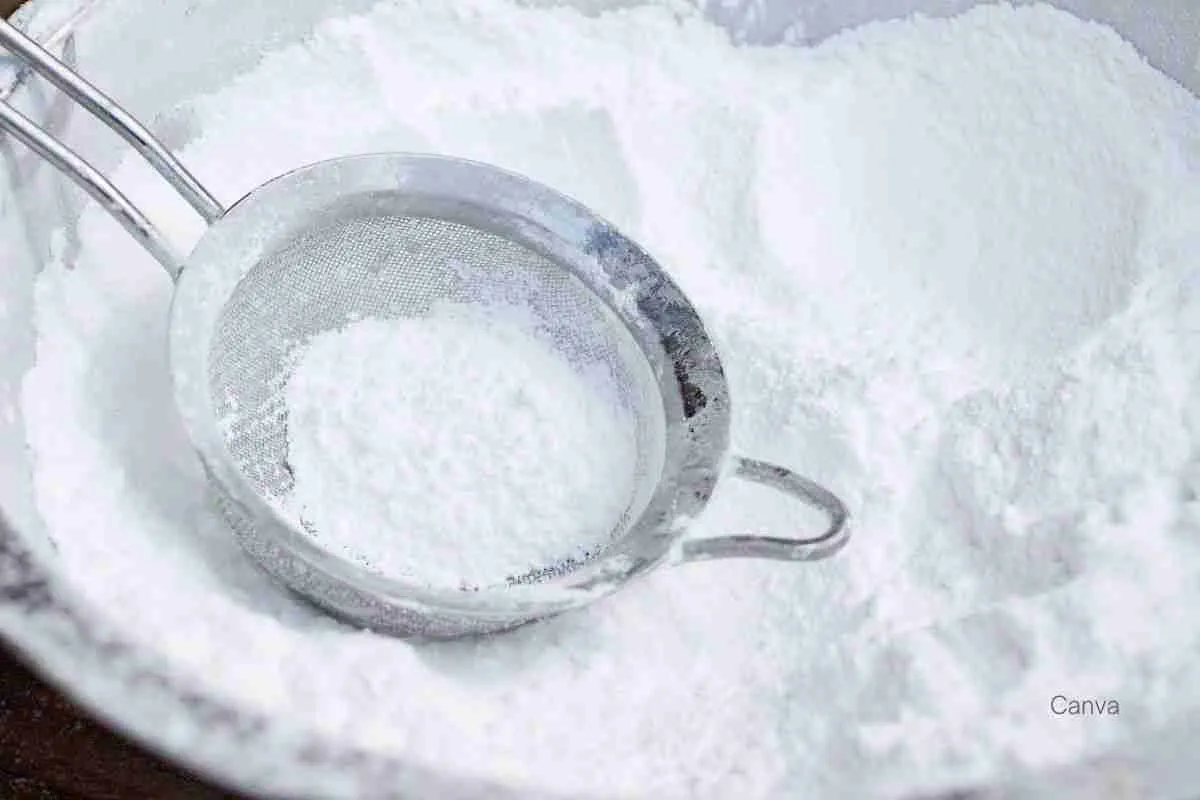
Tips and tricks for perfect homemade powdered sugar
- Use fresh granulated sugar: Ensure the sugar is free from moisture to prevent clumping.
- Avoid overblending: Excessive blending can cause the sugar to heat up and melt, leading to clumps.
- Store properly: To maintain its freshness and prevent clumping, keep the powdered sugar in an airtight container in a cool, dry place.
- Add a touch of flavor: For a unique twist, add a small amount of vanilla extract or citrus zest to the powdered sugar before blending.
- Consider using a sifter: Sifting the powdered sugar before using can help remove any clumps and ensure a smooth consistency.
- Experiment with ratios: Adjust the ratio of cornstarch to granulated sugar to find the perfect balance for your desired texture.
By following these tips, you can create perfect homemade powdered sugar that will elevate your baking creations.
Storing and using homemade powdered sugar
Storing:
- Airtight container: Always store powdered sugar in an airtight container to prevent moisture from entering and causing clumping.
- Cool, dry place: Keep the container in a cool, dry location away from direct sunlight.
- Shelf life: Properly stored homemade powdered sugar can last for several months.
Using:
- Dusted desserts: Sprinkle powdered sugar over cakes, cupcakes, donuts, and other pastries for a sweet and decorative finish.
- Frostings: Use powdered sugar as a base for frostings, icings, and glazes.
- Sugar plums: Make traditional Christmas candy using powdered sugar.
- Whipped cream: Fold in a small amount of powdered sugar to add a touch of sweetness and texture to whipped cream.
- Baking: Incorporate powdered sugar into recipes for cakes, cookies, and other baked goods.
By following these tips, you can enjoy the versatility and freshness of your homemade powdered sugar in various baking applications.
Differences between homemade and store-bought powdered sugar
While both homemade and store-bought powdered sugar serve the same purpose, there are a few key differences to consider:
Freshness:
- Homemade: Always fresh, as it’s made to order.
- Store-bought: Can vary in freshness depending on the manufacturer and how long it’s been on the shelf.
Customization:
- Homemade: You can control the ingredients and flavorings, allowing for customization.
- Store-bought: Typically has a standard flavor and composition.
Cost:
- Homemade: Often more cost-effective, especially if you make it in large quantities.
- Store-bought: Prices can vary depending on the brand and location.
Texture and Consistency:
- Homemade: Can be more consistent and less likely to clump when made correctly.
- Store-bought: The quality can vary, and some brands may have a tendency to clump.
Satisfaction:
- Homemade: Many people find satisfaction in making their own ingredients.
- Store-bought: Offers convenience and immediate availability.
Ultimately, the best choice for you depends on your preferences, budget, and the level of control you want over your ingredients.
Recipes that can be made with homemade powdered sugar
Here are some delightful recipes that showcase the versatility of homemade powdered sugar:
Desserts:
- Angel Food Cake: For a classic finish, dust this light and airy cake with homemade powdered sugar.
- Sugar Cookies: Roll out the dough, cut it into shapes, and coat it with powdered sugar for a sweet and festive treat. (Or BonBon Amidon for traditional Haitian Caribbean Cookies.)
- Lemon Bars: A tangy and sweet dessert that is perfectly complemented by a generous sprinkling of powdered sugar.
- French Macarons: These delicate cookies require a precise amount of powdered sugar to achieve the desired texture and flavor.
- Chocolate Truffles: Roll the chocolate mixture into balls and coat them in a fine layer of powdered sugar.
Frostings and Icings:
- Buttercream Frosting: Create a smooth and creamy frosting for cakes and cupcakes by using homemade powdered sugar.
- Royal Icing: This stiff icing is perfect for decorating cookies and cakes with intricate designs.
- Ganache: A rich chocolate frosting that can be flavored with powdered sugar and used to coat cakes or truffles.
These are just a few examples of the many delicious recipes that can be made with homemade powdered sugar. With a little creativity, you can create your own unique and flavorful treats.
Frequently asked questions about homemade powdered sugar
General Questions:
- Can I add flavorings to homemade powdered sugar? Yes, you can add flavorings like vanilla extract, citrus zest, or cocoa powder.
- Can I make powdered sugar without cornstarch? Yes! If you don’t have cornstarch, you can use arrowroot powder or leave it out entirely if you’re using the sugar immediately. Cornstarch is mainly used to prevent clumping when storing.
- Can I use coconut sugar or brown sugar instead of white sugar? Absolutely. You can make powdered coconut sugar or powdered brown sugar — just be aware the flavor and color will be deeper, and it may not be ideal for all recipes.
- What’s the best blender or food processor to use? Any high-speed blender, spice grinder, or bullet blender works well. Just make sure the container is completely dry before you start.
- How long does homemade powdered sugar last? If stored in an airtight container in a cool, dry place, it can last several months. Add a bit of cornstarch to keep it from clumping.
- Can I use homemade powdered sugar for icing or frosting? Yes! It works beautifully in icings, frostings, and dusting baked goods. Just sift it for a finer texture before using.
Storage and Use:
- How should I store homemade powdered sugar? Store it in an airtight container in a cool, dry place.
- Can I use homemade powdered sugar for frosting? Yes, homemade powdered sugar can be used for various frostings and icings.
- Is homemade powdered sugar good for baking? Yes, you can use homemade powdered sugar in many baking recipes.
Alternatives and Substitutions:
- Can I use confectioners’ sugar instead of homemade powdered sugar? Yes, confectioners’ sugar is essentially the same as homemade powdered sugar.
- What can I use as a substitute for cornstarch in homemade powdered sugar? Arrowroot powder, tapioca flour, or rice flour can be used as alternatives.
Tips and Tricks:
- How can I prevent homemade powdered sugar from clumping? Use fresh granulated sugar, avoid over blending, and store the powdered sugar in an airtight container.
- What is the best ratio of granulated sugar to cornstarch? A typical ratio is 1 tablespoon of cornstarch per cup of granulated sugar.
- Can I make homemade powdered sugar without cornstarch? While cornstarch helps prevent clumping, you can try using a fine-mesh sieve to sift the granulated sugar.
If you have any other questions, feel free to ask!
Conclusion: Enjoy the benefits of homemade powdered sugar
By following the steps outlined in this guide, you can easily create your own homemade powdered sugar. This versatile ingredient is perfect for a variety of baking projects, from frostings and icings to dusted desserts and more.
The benefits of making your own powdered sugar include:
- Control over quality and ingredients: Ensure a fresh, pure product without unwanted additives.
- Cost savings: Make it at home for a fraction of the price of store-bought options.
- Customization: Experiment with different flavors and textures to suit your preferences.
- Satisfaction: Enjoy the satisfaction of creating your own ingredients from scratch.
So why not give it a try? You’ll be amazed at the difference homemade powdered sugar can make in your baking.
Source
The Spruce Eats – How to Make Powdered Sugar
https://www.thespruceeats.com/how-to-make-powdered-sugar-4178470
King Arthur Baking – Baking Sugar Basics
https://www.kingarthurbaking.com
Serious Eats – DIY Powdered Sugar Tips
https://www.seriouseats.com
USDA Food Safety Guidelines
https://www.fsis.usda.gov
Bon Appétit – Sugar Substitutes and Homemade Options
https://www.bonappetit.com

